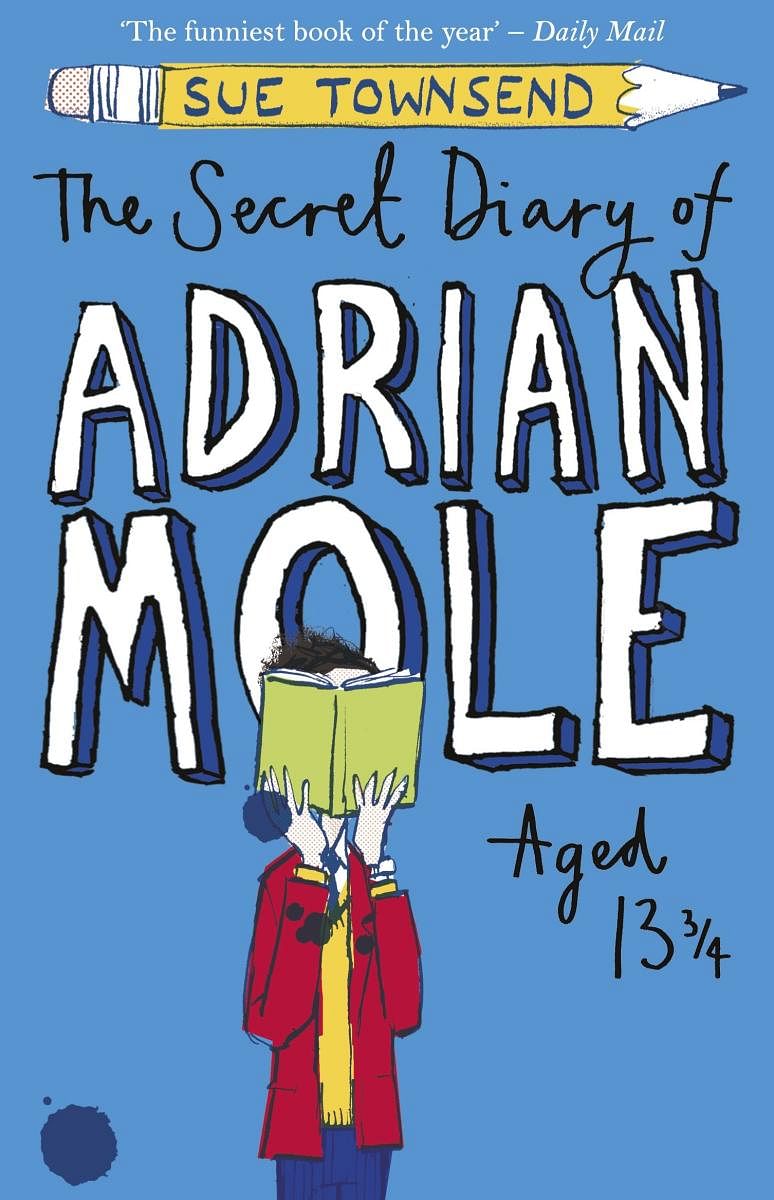
My friend Deepa once walked up to me in a corridor of our school on a mild September day and recited, from memory:
Do you weep, Mrs Thatcher, do you weep? Do you wake, Mrs Thatcher, do you wake? Do you weep like a sad willow? On your Marks and Spencers’ pillow?
And in this manner, I stepped into the world of Adrian Mole.
It was from Sue Townsend’s prodigious imagination that the angst and bad poetry of Adrian Mole was birthed. Before Bridget Jones scribbled in her diary, Adrian jotted down profound observations in his. Townsend’s first book, The Secret Diary of Adrian Mole, Aged 13 3/4 came out in 1982. There were seven more books in the series, published over the course of the next quarter-century.
While the later sequels might have suffered a bit in terms of quality (Townsend herself battled various ailments and was legally blind towards the end of her life), the first remains a classic and was named by the BBC as one of the most influential novels in 2019.
The book, a series of entries of Adrian’s diary through 1981 and 82, mines the comedy in the life of a provincial teenager with a too-serious outlook on life. Adrian makes priggish observations on various world events — Charles and Diana’s wedding is a highlight.
Townsend so perfectly captures the tone of an awkward, pompous young boy who often fails to get the humour and irony in any situation that you forget that it was written by an adult woman. A woman whose delicious turns of phrase could, you suspect, get a chuckle out of a rock — though Adrian would probably disapprove of such attempts.
Adrian struggles with the rapid changes of the world around him (his parents going through their own mid-life crises, a transforming English society) and his unrequited love for Pandora Braithwaite who is way too cool for him. Along the way, he gets into various muddles — mostly from his own inability to correctly read situations — and has to be helped out by an entertaining cast of neighbours and friends.
Townsend never forgot her working-class roots even as she forged a reputation in her lifetime as England’s foremost comic writer. She left school at 15, married at 18, had three children by the age of 22 and worked in various jobs before discovering her talent through a writers’ group in her hometown of Leicester.
She would go on to write plays and books and with the runaway success of Adrian Mole, money would never be a problem — but she never forgot the poverty of her youth nor did she slough off her socialism even as riches came her way. Her empathy and compassion for the underdog made her a compelling writer and it’s what made a whole generation of unabashed fans of Adrian Mole, inspired to quote his poetry in school corridors and now across virtual platforms. Adrian Mole, diarist and bad poet, will live on forever.
The author is a Bengaluru-based writer and communications professional with many published short stories and essays to her credit.
That One Book is a fortnightly column that does exactly what it says — takes up one great classic and tells you why it is (still) great. Come, raid the bookshelves
with us.